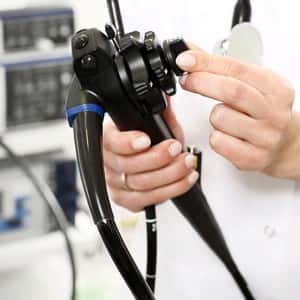
An endoscope is a device used for diagnosis and minimally invasive procedures. Any endoscope is supposed to be carefully cleaned before each use to avoid infections or cross-contamination from one patient to another. A new study has revealed some worrisome evidence about cleaning procedures, however.
How Thoroughly Are Endoscopes Cleaned?
Investigators tested 45 devices used to inspect colons, lungs, ureters or stomachs (Ofstead et al, American Journal of Infection Control, online, March 30, 2018). Each endoscope had been processed and was considered ready for use on the next patient.
However, the scientists discovered that a majority were contaminated with bacteria. The research was conducted in three different hospitals: one that adhered carefully to guidelines for cleaning scopes, and two others that departed from the prescribed disinfecting protocol while the scientists were watching.
In the top performing hospital, 62 percent of the disinfected devices carried detectable bacteria, including some pathogens. The other two hospitals fared worse, with residual moisture and waterborne pathogens in 85 and 92 percent of their scopes.
The Researchers Conclude That There Is Work to Be Done:
It is apparent that device manufacturers and safety experts have not yet figured out the best way to disinfect these delicate instruments. The investigators find their results alarming, and urge the Joint Commission and the FDA to develop new standards that would help protect patients from cross-infection.
They conclude:
“More effective methods of endoscope reprocessing, drying, and maintenance are needed to prevent the retention of fluid, organic material, and bioburden that could cause patient illness or injury.”

